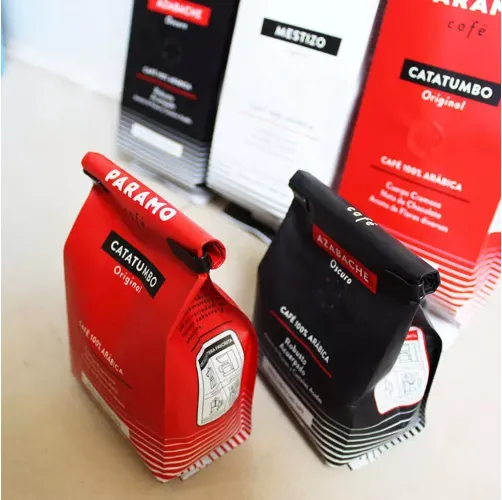- Afrikaans
- Albanian
- Amharic
- Arabic
- Armenian
- Azerbaijani
- Basque
- Belarusian
- Bengali
- Bosnian
- Bulgarian
- Catalan
- Cebuano
- chinese_simplified
- chinese_traditional
- Corsican
- Croatian
- Czech
- Danish
- Dutch
- English
- Esperanto
- Estonian
- Finnish
- French
- Frisian
- Galician
- Georgian
- German
- Greek
- Gujarati
- haitian_creole
- hausa
- hawaiian
- Hebrew
- Hindi
- Miao
- Hungarian
- Icelandic
- igbo
- Indonesian
- irish
- Italian
- Japanese
- Javanese
- Kannada
- kazakh
- Khmer
- Rwandese
- Korean
- Kurdish
- Kyrgyz
- Lao
- Latin
- Latvian
- Lithuanian
- Luxembourgish
- Macedonian
- Malgashi
- Malay
- Malayalam
- Maltese
- Maori
- Marathi
- Mongolian
- Myanmar
- Nepali
- Norwegian
- Norwegian
- Occitan
- Pashto
- Persian
- Polish
- Portuguese
- Punjabi
- Romanian
- Russian
- Samoan
- scottish-gaelic
- Serbian
- Sesotho
- Shona
- Sindhi
- Sinhala
- Slovak
- Slovenian
- Somali
- Spanish
- Sundanese
- Swahili
- Swedish
- Tagalog
- Tajik
- Tamil
- Tatar
- Telugu
- Thai
- Turkish
- Turkmen
- Ukrainian
- Urdu
- Uighur
- Uzbek
- Vietnamese
- Welsh
- Bantu
- Yiddish
- Yoruba
- Zulu
Techniques for Effectively Drying Marijuana for Optimal Quality and Potency
The Art and Science of Marijuana Drying
The drying process is a critical step in the cultivation of marijuana, directly impacting the quality, potency, and overall characteristics of the final product. Understanding the intricacies of marijuana drying can elevate the experience for both cultivators and consumers, ensuring that the cannabis retains its flavor, aroma, and medicinal properties.
Importance of Drying
After harvesting, marijuana plants contain a significant amount of moisture. This moisture can lead to mold, mildew, and a host of other problems if not managed properly. Proper drying not only prevents these issues but also enhances the curing process, which further improves the quality of the buds. When marijuana is dried appropriately, it allows the chlorophyll to break down and the cannabinoids and terpenes to mature, resulting in a smoother and more flavorful smoke.
The Drying Process
1. Harvesting The first step in the drying process involves the careful harvesting of the plants. Harvesting at the right time – when the trichomes are cloudy and the pistils are mostly amber – ensures that the cannabinoids are at their peak maturity.
2. Trimming After harvesting, the plants are trimmed. This can be done wet or dry, but many cultivators prefer wet trimming, as it makes it easier to remove excess leaves that do not contribute to the flavor or strength of the flower.
3. Hanging The next step is to hang the trimmed branches in a controlled environment. Ideally, the drying area should be dark, with temperatures between 60-70°F (15-21°C) and humidity levels around 50-60%. These conditions help to avoid the degradation of cannabinoids and terpenes.
4. Monitoring Throughout the drying process, it's essential to monitor the environment. Too much humidity can lead to mold, while excessively low humidity can cause the buds to dry too quickly, affecting their potency and flavor. Proper air circulation is also key; using fans can help, but they should not blow directly on the buds.
marijuana drying

5. Drying Duration The drying period typically lasts between 7-14 days, depending on the conditions and the size of the buds. Practices such as the 'snap test'—where a branch is bent to see if it breaks cleanly—can help determine when the buds are ready for the next step.
Curing The Next Chapter of Quality
Once the marijuana is adequately dried, the next step is curing. Curing involves placing the dried buds into airtight containers, such as glass jars, and storing them in a cool, dark place. This process allows for the breakdown of chlorophyll and further development of cannabinoids and terpenes, enhancing flavors and aromas. Curing should be done carefully, with periodic 'burping' of the jars to allow fresh air in and moisture out.
Tips for Successful Drying
- Avoid Sunlight Light can degrade the quality of cannabinoids and terpenes. Keeping buds in darkness during the drying process is crucial. - Ventilation is Key Ensure good airflow in the drying space to prevent mold and mildew. Hanging the plants with plenty of space between them promotes even drying.
- Patience Pays Off Rushing the drying process can lead to loss of potency and flavor. Take the time required to ensure a proper cure.
Conclusion
The drying of marijuana is both an art and a science, requiring attention to detail and an understanding of the drying environment. By mastering the drying and curing processes, cultivators can significantly enhance the quality of their cannabis, resulting in a superior product for consumers. Whether for medicinal use or recreational enjoyment, properly dried and cured marijuana provides a more satisfying experience, highlighting the flavors, aromas, and effects that cannabis enthusiasts cherish. As with all aspects of cultivation, patience and knowledge are the keys to success in the drying of marijuana.













